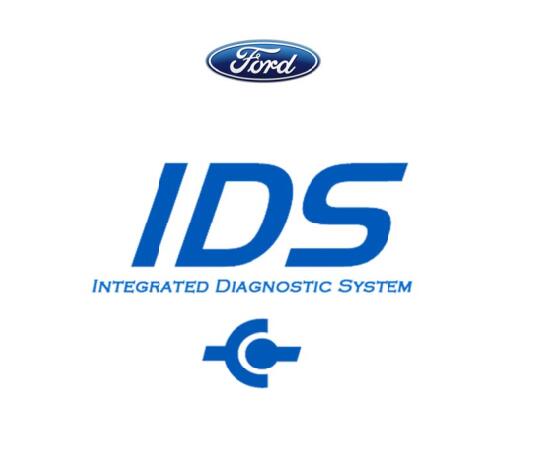TL;DR: Calibrate your throttle position sensors effortlessly with Ford IDS in a step-by-step process.
Introduction
Calibration of throttle position sensors is vital for ensuring accurate engine performance and efficient power delivery. A properly calibrated sensor ensures that your Ford vehicle operates at optimal performance levels. In this guide, we explore throttle position sensor calibration using Ford IDS software, providing you with clear steps to achieve precision. Understanding throttle position sensor calibration is crucial for diagnosing issues and maintaining safe vehicle performance.
This method not only improves engine efficiency but also guarantees a smoother driving experience.
Requirements and Tools Needed
- Ford IDS diagnostic software
- Compatible Ford vehicle
- OBD2 scanner
- Multimeter
- Basic hand tools
- FORD IDS User Manual (essential guide)
Ensure you have the necessary tools to begin calibration.
Step-by-Step Calibration Process
Follow these steps using Ford IDS software to calibrate throttle sensors:
-
Step 1: Connect Ford IDS to the vehicle’s OBD2 port
Plug the Ford IDS diagnostic interface into the vehicle’s OBD2 port securely.
-
Step 2: Launch Ford IDS software and select the appropriate vehicle model
Start the software and choose your correct Ford model from the menu.
-
Step 3: Navigate to the TPS calibration module
Use the software menu to locate the TPS calibration section for a streamlined process.
-
Step 4: Follow on-screen instructions to enter calibration mode
Set your vehicle in calibration mode as directed by the guided instructions.
-
Step 5: Adjust the throttle as prompted to complete calibration
Carefully adjust the throttle position as per the prompts to recalibrate sensors accurately.
-
Step 6: Save the calibration settings and exit the software
Once adjustments are done, save your new settings and exit Ford IDS.
Testing and Verifying TPS Calibration
After calibrating the TPS, it’s important to verify its performance. Use a multimeter to check the sensor readings against expected values. A brief road test should also confirm that the throttle position sensor is functioning properly without errors.
Common TPS Issues and Troubleshooting
- Faulty sensor readings: Ensure the wiring is intact and check for any physical damage.
- Inconsistent calibration errors: Reset and re-calibrate using Ford IDS if readings do not stabilize.
- Software glitches: Update Ford IDS software and check for firmware updates for your OBD2 scanner.
- Voltage fluctuations: Use a multimeter to verify steady readings and inspect battery voltage, as fluctuations may cause errors.
- Connection issues: Confirm that the diagnostic port and connectors are securely attached and free from corrosion.
If you encounter persistent issues, consider verifying the sensor’s ground connections and checking for any updates in your vehicle’s ECM software. It is also recommended to consult with a professional technician to rule out any underlying issues that might affect sensor performance. Keeping your diagnostic tools up-to-date will help mitigate unexpected calibration errors and ensure smoother performance over time.
FAQs
How do I reset a Ford throttle position sensor?
Resetting typically involves disconnecting the battery or using Ford IDS’s reset functionality.
How to perform Ford idle relearn?
Idle relearn is usually performed after calibration. Follow your vehicle’s manual procedures or Ford IDS recommendations.
How to diagnose throttle position sensor issues?
Begin with a visual inspection, then use a multimeter and Ford IDS software for in-depth diagnosis.
Conclusion and Call to Action
In conclusion, calibrating throttle position sensors using Ford IDS is a systematic process that ensures your Ford vehicle runs smoothly. By following the steps above, from connecting your OBD2 scanner to saving the new calibration settings, you can achieve accurate sensor readings. Visit Ford IDS Sensor Calibration: Ensure Accurate Vehicle Data for more insights and tutorials.
Remember, regular calibration and maintenance of your throttle position sensors can extend the life of your vehicle and prevent costly repairs. Always follow manufacturer guidelines and update your diagnostic software for the best results.
Written by Alex B., ASE Master Tech



